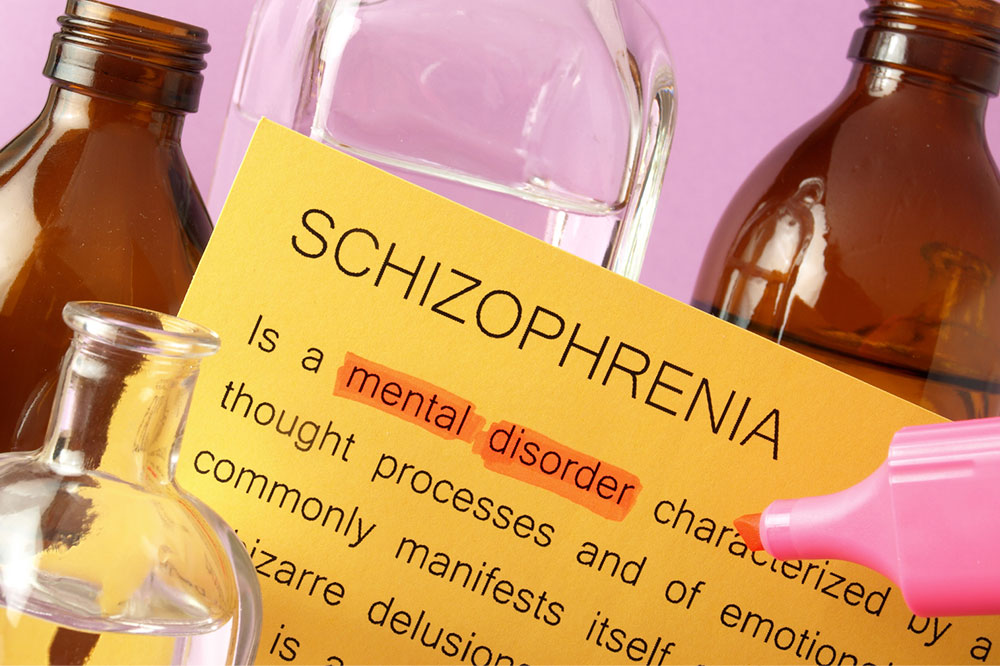PTSD Explained: Causes, Symptoms, and Effective Treatment Methods
PTSD is a complex mental health condition caused by traumatic events like accidents, combat, or natural disasters. Signs include flashbacks, emotional numbness, and hyperarousal. Treatment options such as CBT and EMDR help individuals recover by addressing traumatic memories and restoring emotional stability. Early diagnosis and therapy are vital for managing symptoms effectively across different severity levels.

PTSD Explained: Causes, Symptoms, and Effective Treatment Methods
Post-Traumatic Stress Disorder (PTSD) is a mental health condition triggered by severe or traumatic experiences such as accidents, combat, abuse, natural disasters, or personal loss. While some individuals recover quickly, others face ongoing distress, intrusive memories, social withdrawal, or impulsive actions. Early recognition of symptoms is crucial for timely help and support.
What Causes PTSD?
Exposure to intense or long-lasting traumatic events increases the risk of PTSD. Not everyone exposed develops the disorder, and its exact causes remain partly unknown.
Research indicates PTSD may develop as a response to process trauma. Those with elevated adrenaline or smaller hippocampi—brain areas involved in memory—are more vulnerable. Causes include accidents, abuse, bullying, kidnapping, combat, emergency work, natural calamities, difficult childbirth, personal grief, or serious health issues.
Symptoms often appear within three months of traumatic events and can last weeks, months, or even years. Key signs include:
Re-experiencing: Unwanted flashbacks or nightmares reliving the trauma.
Avoidance and emotional numbness: Staying away from reminders, suppressing trauma-related thoughts, or social withdrawal.
Mood and thought alterations: Feelings of guilt, anxiety, or anger, leading to social disinterest and negative outlooks.
Hyperarousal: Irritability, angry outbursts, reckless acts, and heightened alertness, affecting daily life. Additional symptoms include nightmares, physical discomfort, sweating, nausea, panic episodes, concentration issues, startle responses, emotional numbness, and memory lapses.
For treatment, healthcare professionals may recommend therapy based on severity. Common methods include:
Observation: Mild cases often resolve naturally with monitoring.
Therapies: Focused on alleviating fears and restoring functioning. Examples include:
Cognitive Behavioral Therapy (CBT): Helps challenge negative thoughts and behaviors over 8-12 weekly sessions, especially effective for younger patients.
Eye Movement Desensitization and Reprocessing (EMDR): Guides patients through eye movements while recalling traumatic memories, reducing stress and negative emotions.


